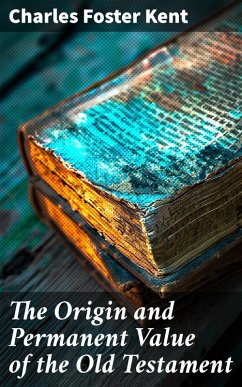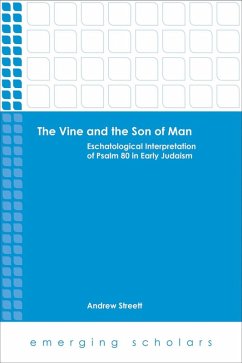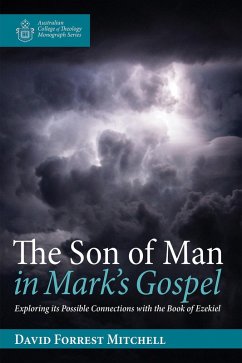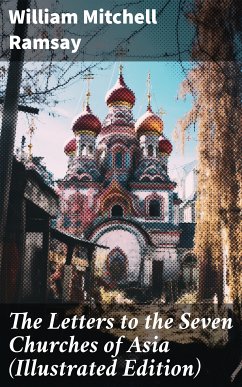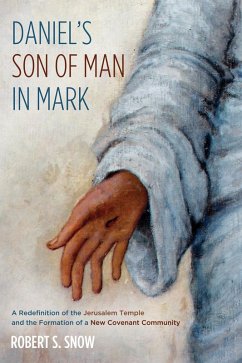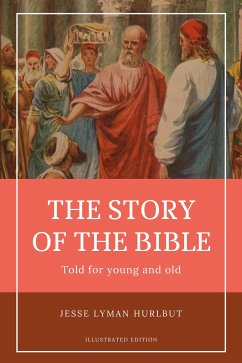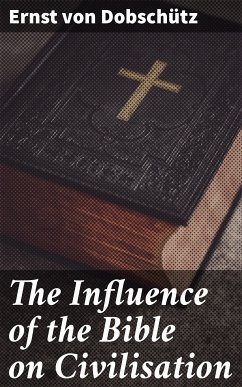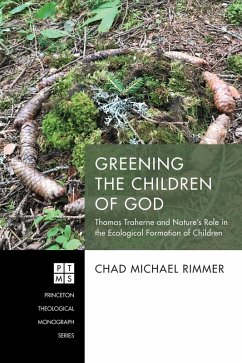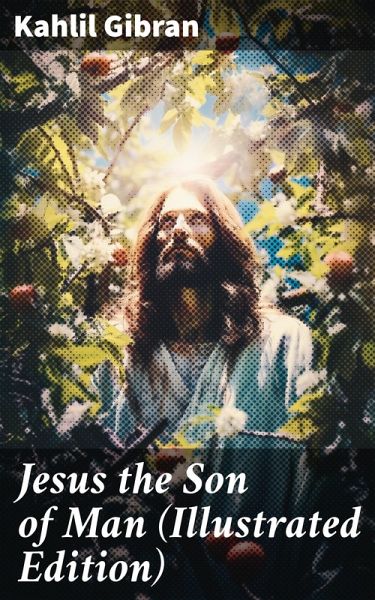
Jesus the Son of Man (Illustrated Edition) (eBook, ePUB)
Enriched edition. His Words And His Deeds As Told And Recorded By Those Who Knew Him
Kommentar: Sutton, Xavier / Redaktion: Good Press
Versandkostenfrei!
Sofort per Download lieferbar
1,99 €
inkl. MwSt.
Weitere Ausgaben:

PAYBACK Punkte
0 °P sammeln!
In "Jesus the Son of Man (Illustrated Edition)," Kahlil Gibran presents a profound and eloquent exploration of Jesus' life and character through the voices of those who encountered him. Through a tapestry of poetic vignettes, Gibran expresses the thoughts and feelings of various figures, from disciples to strangers, capturing the transcendent nature of Jesus' influence. The literary style embodies Gibran's hallmark lyrical prose, blending spirituality with human experience, set against the backdrop of early 20th-century mysticism. The illustrations complement the text, adding a visual dimensio...
In "Jesus the Son of Man (Illustrated Edition)," Kahlil Gibran presents a profound and eloquent exploration of Jesus' life and character through the voices of those who encountered him. Through a tapestry of poetic vignettes, Gibran expresses the thoughts and feelings of various figures, from disciples to strangers, capturing the transcendent nature of Jesus' influence. The literary style embodies Gibran's hallmark lyrical prose, blending spirituality with human experience, set against the backdrop of early 20th-century mysticism. The illustrations complement the text, adding a visual dimension that enhances the reader's connection to the profound themes of love, redemption, and humanity. Kahlil Gibran, a Lebanese-American writer, philosopher, and artist, is best known for his monumental work, "The Prophet." His interest in spiritual and philosophical exploration is deeply rooted in his multicultural upbringing and experiences with both Eastern and Western ideals. Gibran's own grappling with faith and existence informs his empathetic portrayal of Jesus, as he seeks to bridge cultural divides and elucidate universal truths that transcend specific religious dogmas. "Jesus the Son of Man" is an essential read for anyone seeking a deeper understanding of Jesus' impact on humanity, beautifully articulated through Gibran's unique lens. This book invites readers to ponder their own beliefs and emotional responses to one of history's most significant figures and is a poignant addition to any literary or spiritual library. In this enriched edition, we have carefully created added value for your reading experience: - A succinct Introduction situates the work's timeless appeal and themes. - The Synopsis outlines the central plot, highlighting key developments without spoiling critical twists. - A detailed Historical Context immerses you in the era's events and influences that shaped the writing. - An Author Biography reveals milestones in the author's life, illuminating the personal insights behind the text. - A thorough Analysis dissects symbols, motifs, and character arcs to unearth underlying meanings. - Reflection questions prompt you to engage personally with the work's messages, connecting them to modern life. - Hand-picked Memorable Quotes shine a spotlight on moments of literary brilliance. - Interactive footnotes clarify unusual references, historical allusions, and archaic phrases for an effortless, more informed read.
Dieser Download kann aus rechtlichen Gründen nur mit Rechnungsadresse in A, B, BG, CY, CZ, D, DK, EW, E, FIN, F, GR, H, IRL, I, LT, L, LR, M, NL, PL, P, R, S, SLO, SK ausgeliefert werden.




